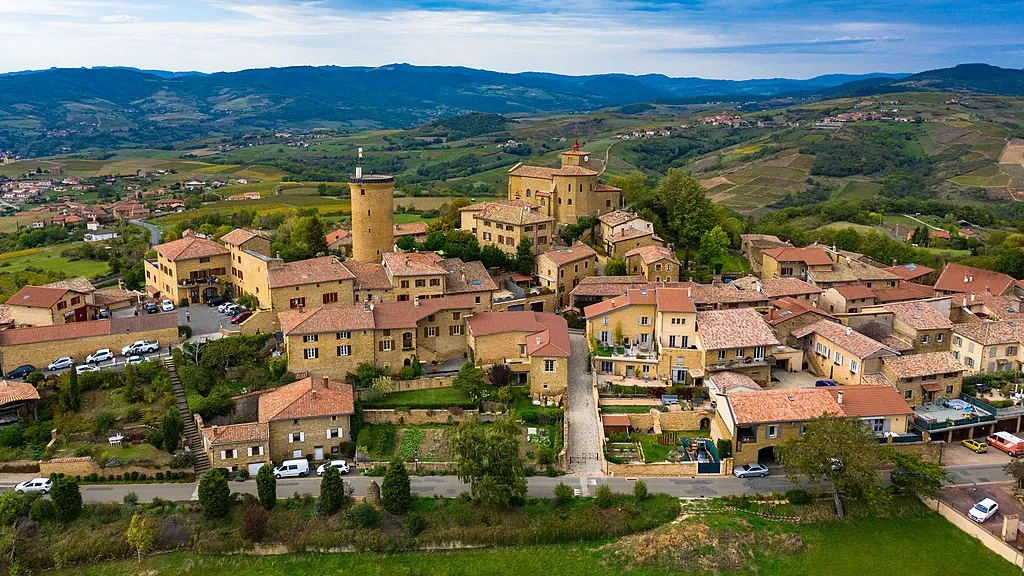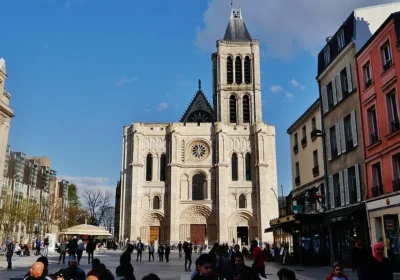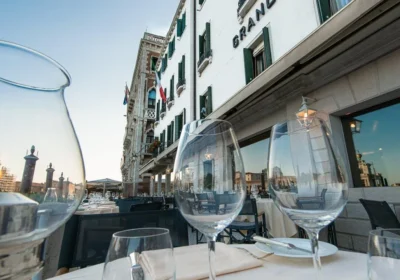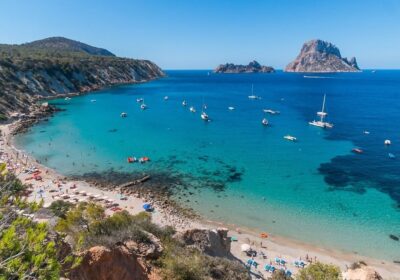Here it is difficult to recognize the boundaries between color and light, the dizzying beauty extends for tens of kilometers, and where it seemed that the eye could no longer recognize and distinguish, the Alpine mountains appear as a contrasting background. Cold shades of eternally snow-covered mountains, as nothing better highlights the fullness of saturation and variety of color.
The route runs from north to south.
Romanèche-Thorins – a unique place – the wine center of the Duboeuf farm – attracts the attention of tourists from all over the world. In order to understand a little about wine and to know the life of people who create this sunny drink, the Duboeuf center was created. Here, without explanations, just in a walk through the complex you will learn what the “art of living” (L’art de vivre) in Beaujolais is, as well as the French paradox (Le paradoxe français) and how to live with it.
In addition an exhibition center and a garden of paradise, conceived as a game to search for the aromas and flavors found in wine.
The Beaujolais wine region consists of 12 wine appellations, or appellations. It’s not easy to understand at once, but as you drive through the towns that give their names to the appellations, you’ll get to know them, discover the French wine classification, and each glass of wine will be an eye-opener.
Ville-Morgon is a town located in a geographical area called Appellation Morgon. Local wine is the best cure for a bad mood. The flavor improves over the years. The characteristic aroma of ripe fruits: cherry, peach, plum, apricot – the wine is complex and will certainly not leave you indifferent. In Morgon there is an ancient chateau, where the first cellar in Beaujolais was established. There is a small museum of wine and winemaking.
Château Pizay is surrounded by its own vineyards, a keeper of tradition and history. Today it is a modern 4-star hotel that has won a design prize and is famous for its restaurant throughout the area. A thousand years ago it was once a fortress built by monks, later rebuilt by noblemen who became rich from silk commerce and wine production. Much of the history can be read from the walls of the chateau, today a complex protected by forest on one side and a 16th century park on the other.
Odenas Chateau Thivin, a small chateau at the foot of the Bruyne hill, was built in the 14th century for the owners of the vineyards that surround it on all sides. The current owner of the chateau inherited after his ancestors bought the property in the 19th century. Winemaking as well as ownership is inherited with the art of making wine.
Salle-Arbuissonnas-en-Beaujolais. It is not easy to find tourist attractions here. Once these lands belonged to monks, after a century-long war, some of their cloisters remained completely abandoned, even if they are architectural masterpieces characterized by beauty and rarity of construction. Such a small oasis of silence and meditation has been preserved in its original form since the XII century. Today, it introduces tourists to the spiritual past and present of the Beaujolais country.
Montmelas-St-Sortin – Montmelas Castle. Even passing through Beaujolais, it is impossible to miss the castle from a magical fairy tale, rising on a hill. The place was chosen for a reason, it is high up, the enemy can be seen from afar and the lands and vineyards belonging to the owners of the chateau are clearly visible. The whole hill is covered with forest, hiding the lord’s dwelling from uninvited guests. Today, as before, the forest is a hunting ground, and tourists come to get acquainted with the way of life of a family of French aristocrats and taste the wine born here. The family of the current owners purchased this chateau 500 years ago from the daughter of the king. She was a legendary woman who changed life in Beaujolais and influenced the history of France, her name was Anne de Beaujeu.
Jarnioux. From afar you can see the towers of the castle, which even at a distance majestically greet the visitors. There are only six of them, but they, like the castle itself, are the creation of sculptors of different epochs. The ensemble has changed both in style and size. From a medieval castle, the possessions of a liege lord, transformed into a palace of the Renaissance. But even on this does not stop improving.
Oignt – Oanh. The most visited tourist spot in Beaujolais. Spread on a hilltop, the village has preserved its medieval image. The serpentine winding streets are lined with golden stone houses. It is because of the yellow ochre of the limestone that this part of Beaujolais is called “the land of golden stones” (Le pays des pierres d’or). Winemakers’ cellars, artisans’ ateliers, a restaurant with a panoramic terrace, all for the enjoyment of the most important thing of all – the PEISAGE.
The magnificent views of the Alpine mountains, the river valleys, the hills embraced by vineyards, the houses of the villages, all inseparable in the harmony of the French countryside.

















